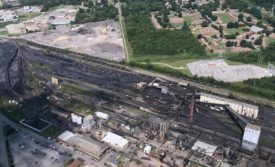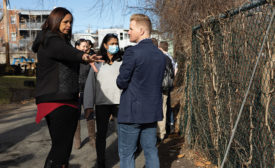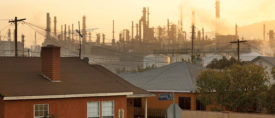Home » Keywords: » industrial pollution
Items Tagged with 'industrial pollution'
ARTICLES
ENR 2021 Top 25 Newsmakers
Shawn M. LaTourette: State Leader Seeks Balance to Deploy NJ's Pioneering Environmental Justice Law
Read MoreEngineering Justice: Third in a Series
Room to Breathe: Industrial Projects and Communities Are Challenged to Coexist
Read MoreThe latest news and information
#1 Source for Construction News, Data, Rankings, Analysis, and Commentary
JOIN ENR UNLIMITEDCopyright ©2024. All Rights Reserved BNP Media.
Design, CMS, Hosting & Web Development :: ePublishing





